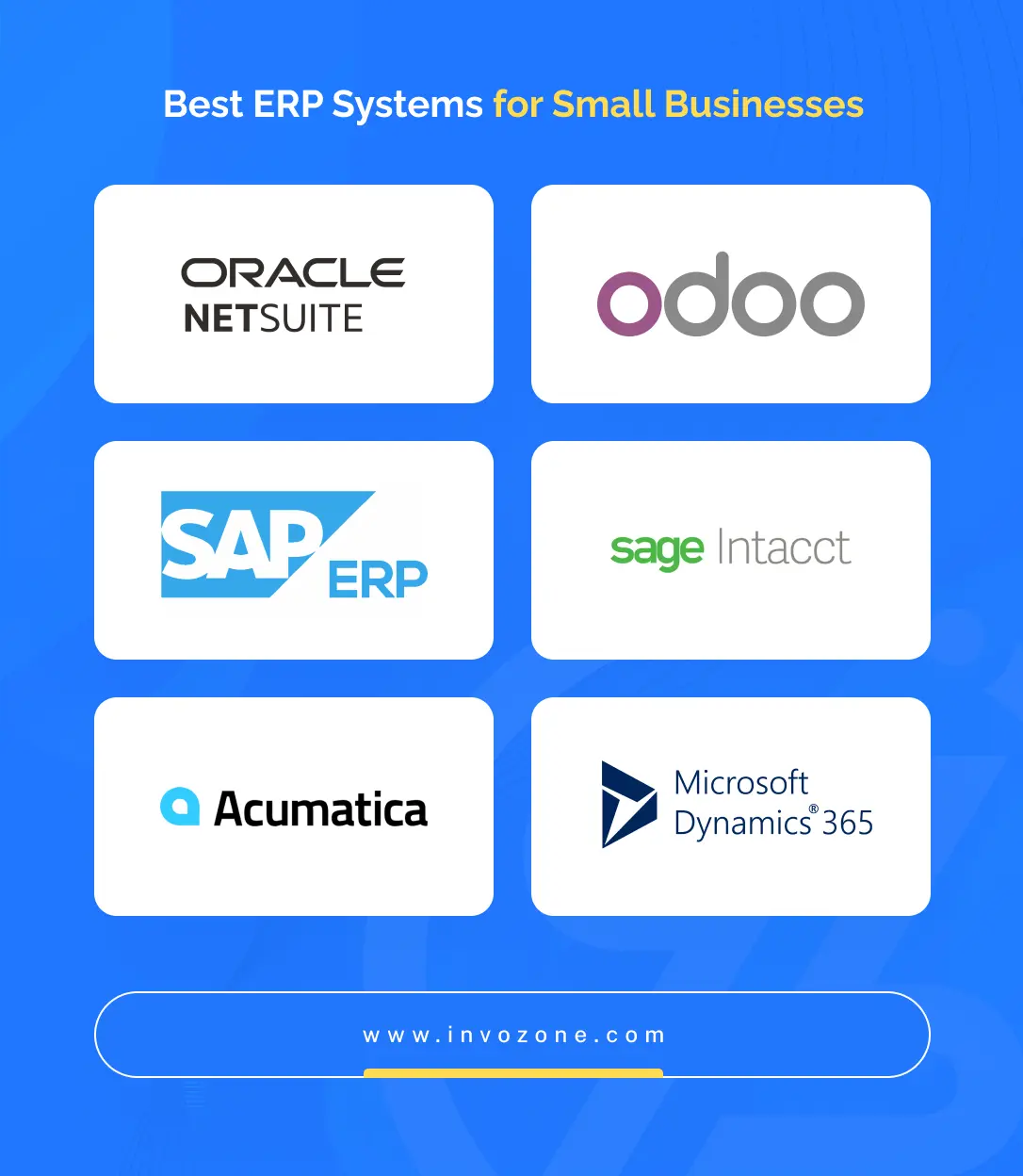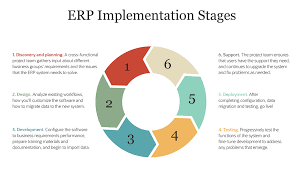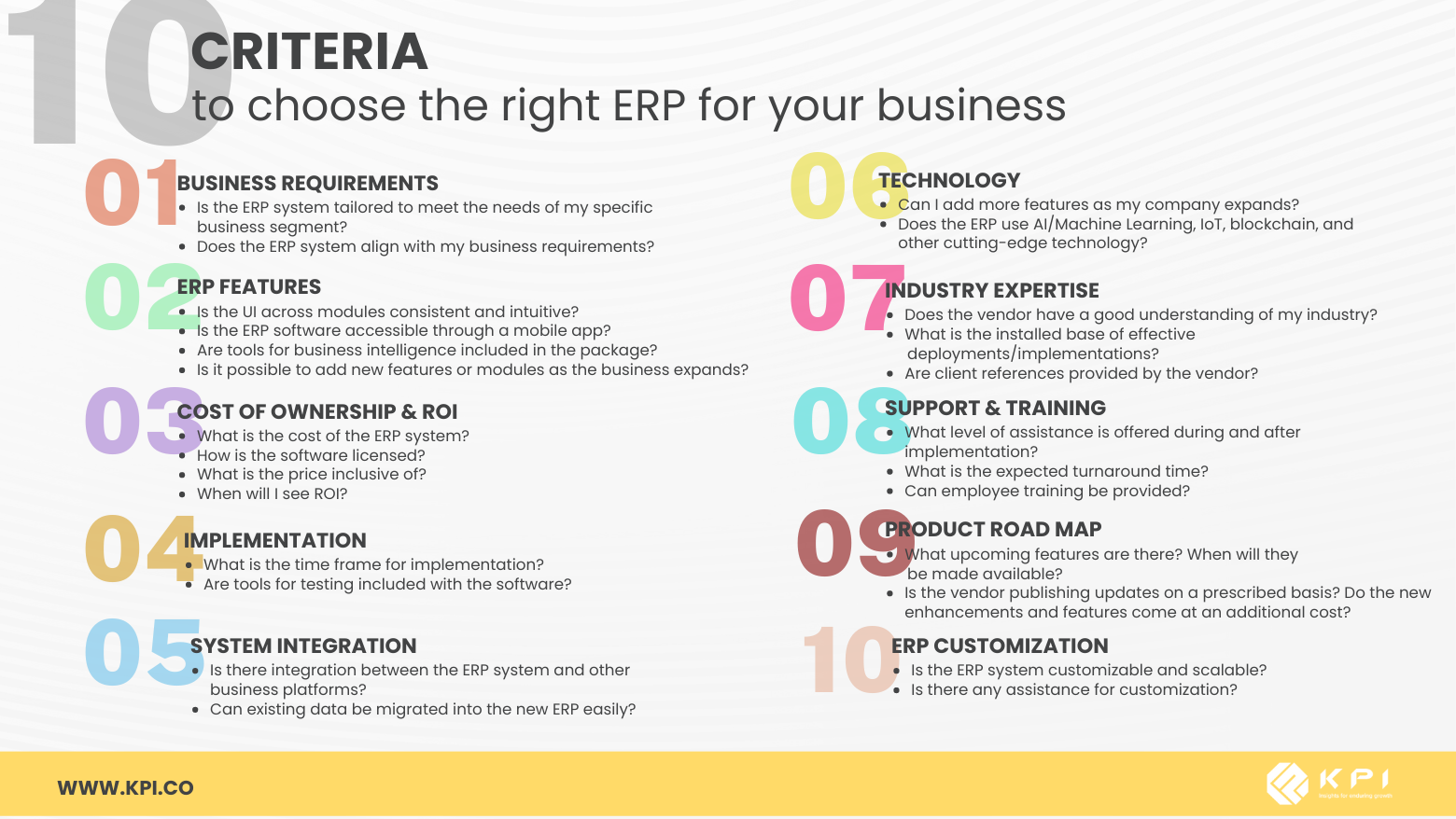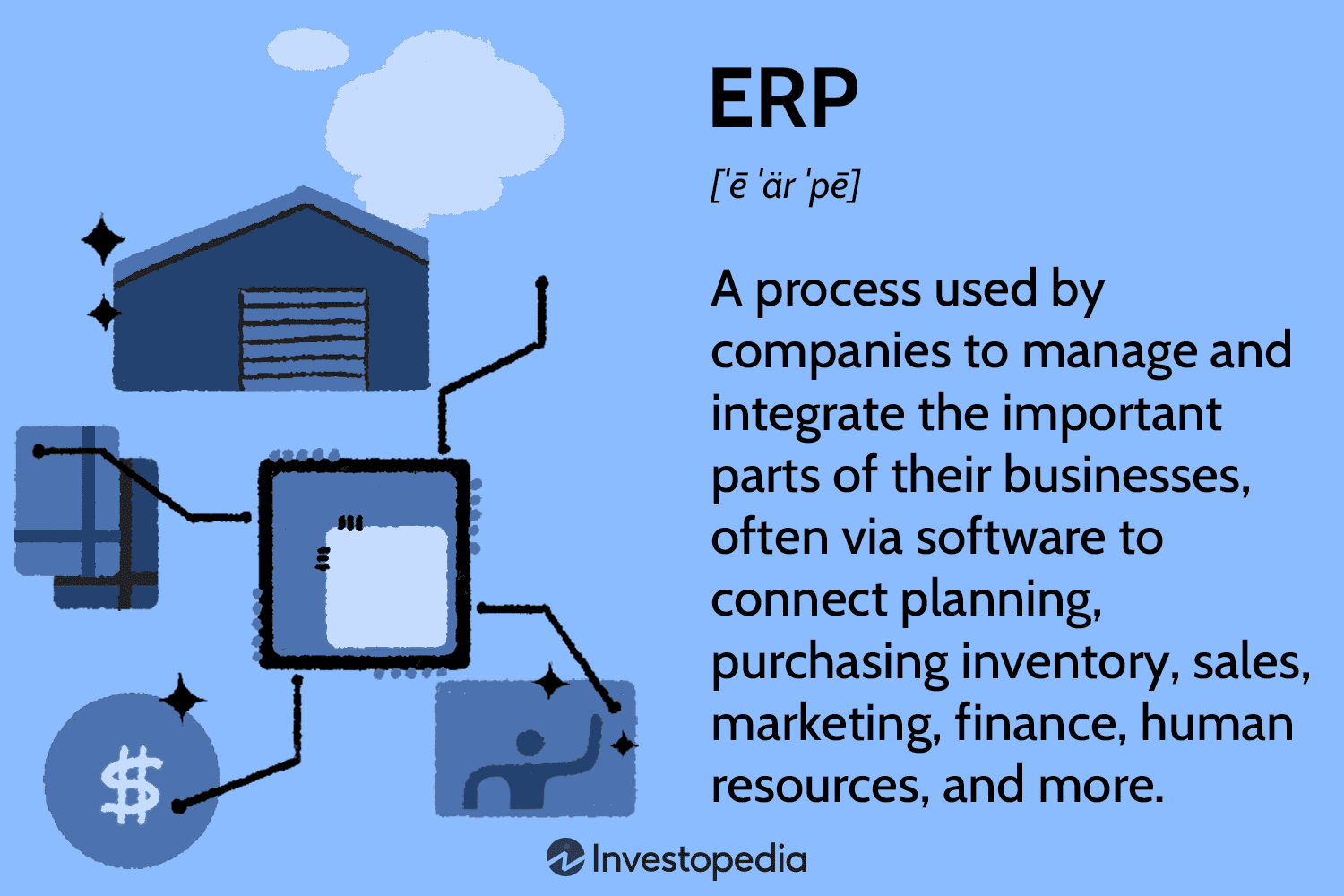Enterprise Resource Planning (ERP) systems have become essential tools for organizations aiming to streamline operations and improve productivity. However, the success of an ERP system depends heavily on how it’s implemented. In this article, we break down the key stages of a successful ERP implementation and how businesses can overcome common challenges.
Why Is ERP Implementation So Critical?
Implementing an ERP system is not just a technical project—it’s a strategic transformation that touches every department in the organization. A poorly managed implementation can lead to increased costs, business disruption, and user resistance. By following structured stages, organizations can ensure maximum ROI and user adoption.
📌 Looking for the right ERP solution? Explore our guide to ERP Systems for Enterprises.
Stage 1: Strategic Planning and Requirement Gathering
Understand Business Goals and Pain Points
Before selecting an ERP system, it’s essential to clearly define business objectives and identify operational bottlenecks. This helps ensure the chosen ERP system aligns with your strategic goals.
Build an Implementation Team
Form a cross-functional team that includes representatives from IT, finance, operations, and end-users. This ensures buy-in from all departments.
Stage 2: ERP Selection and Vendor Evaluation
Define Selection Criteria
Evaluate ERP solutions based on:
- Scalability
- Industry fit
- Customization options
- Integration capabilities
- Vendor support and reputation
Shortlist and Demo
Invite vendors for demonstrations and select the one that fits best with your organizational needs and growth plans.
Stage 3: System Design and Customization
Map Current vs. Future Processes
Perform a gap analysis between current workflows and the ERP’s standard processes. Decide where customization is necessary.
Configure and Customize
Work with the vendor to configure modules and develop custom features if needed. However, avoid over-customization as it can hinder future upgrades.
Stage 4: Data Migration and Testing
Cleanse and Prepare Data
Migrate only accurate, clean, and necessary data from legacy systems. Data quality is crucial for successful ERP operation.
Conduct Rigorous Testing
Test all modules through scenarios such as:
- Unit testing
- Integration testing
- User Acceptance Testing (UAT)
Stage 5: Training and Change Management
Educate Your Team
Conduct in-depth training for all users. Offer role-based training to ensure relevance and practical understanding.
Manage Resistance
Communicate the benefits of the new ERP system, address employee concerns, and provide continuous support.
Stage 6: Go-Live and Support
Go-Live with Confidence
Launch the system during a low-risk period. Have a contingency plan and dedicated support team in place for troubleshooting.
Monitor and Support
Provide post-go-live support, monitor performance, and collect feedback for further improvements.
Stage 7: Continuous Improvement and Optimization
Review KPIs
Analyze key performance indicators to measure the system’s impact on efficiency and ROI.
Upgrade and Scale
Regularly update the system, add new features, and scale as your business grows.
Final Thoughts
A successful ERP implementation isn’t just about software—it’s about strategic execution, strong leadership, and continuous improvement. By following these 7 stages, businesses can set themselves up for long-term digital success.
✅ Need expert help with your ERP implementation? Contact Singleclic — the trusted IT partner since 2013.
People Also Ask
- What are the 7 steps for successful ERP implementation?
- What are the stages of ERP implementation?
- Which of these are steps to successful ERP implementation?
- What are the keys to successfully implementing an ERP system?









